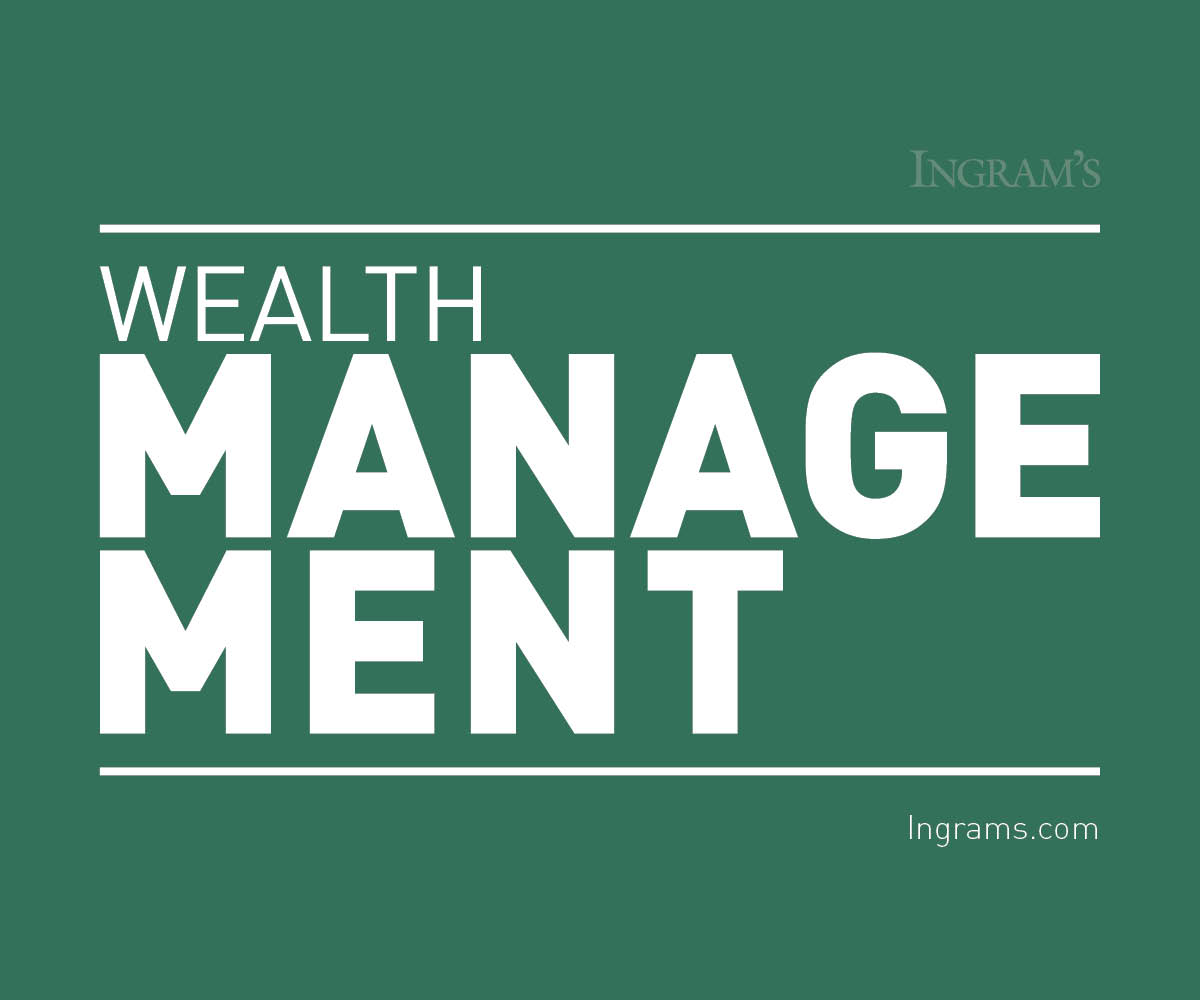HOME | ABOUT US | MEDIA KIT | CONTACT US | INQUIRE
HOME | ABOUT US | MEDIA KIT | CONTACT US | INQUIRE
 The one thing all investment professionals and investors can agree on is that interest rates are moving higher. But to what effect?
The one thing all investment professionals and investors can agree on is that interest rates are moving higher. But to what effect?
The Federal Reserve raised rates 25 basis points at its March meeting, and Federal Reserve Chairman Jerome Powell has indicated six more increases this year, starting with 50 basis points in the May meeting. We have seen the 10-year Treasury increase from 1.2 percent last August to around 3 percent this year. The Federal Reserve is determined to use rate increases to lower inflation.
 This is very important because even though rates are, by historical measures, still low, bond prices will fall as those rates rise. Rising rates, potentially, can lead to negative total returns in fixed-income portfolios over the next few years. This will affect all types of fixed-income securities including, U.S. Treasuries, corporate bonds, municipal bonds, and preferred stocks.
This is very important because even though rates are, by historical measures, still low, bond prices will fall as those rates rise. Rising rates, potentially, can lead to negative total returns in fixed-income portfolios over the next few years. This will affect all types of fixed-income securities including, U.S. Treasuries, corporate bonds, municipal bonds, and preferred stocks.
In recent years investors have flocked to anything with yield, from high yield bonds to preferred-stock strategies. Most preferred stocks are essentially perpetual bonds, which have a longer duration than traditional fixed-income securities. Longer-duration bonds are more sensitive to increases in interest rates.
An investor’s financial plan will also be affected by increasing interest rates. The limited current income provided by the market, coupled with the potential for negative fixed income returns, will make it difficult to hit assumed returns in financial plans.
There are potential solutions, investments that have been primarily used by institutional investors and/or by money managers that specialize in ultra-affluent investors. One potential solution is a hybrid investment issued by major international banks such as Goldman Sachs, Morgan Stanley, Barclays, TD Bank, Bank of Montreal, Credit Suisse, and others. These consist of senior unsecured debt obligations coupled with an options strategy designed to provide income if certain market conditions are met. The income generated from the options strategy is dependent on the level of interest rates and volatility in the market as measured by the VIX index.
The options strategy is designed to provide income when predetermined conditions are met. The investments can be based on a variety of broad market benchmarks, individual stocks, currencies, or commodities. When the investment is created, investors determine their risk comfort levels, and the downside barrier is agreed to. After the investment is made, the barrier level is used to determine whether the investor will receive the expected income payment during the investment period and the degree of capital return at maturity.
The best way to illustrate is with a real example of an investment created in February:
Ex. 1: A 2-year investment that the bank can call every 3 months. 70 percent barrier (30 percent downside protection). Worst of S&P 500, Nasdaq, Russell 2000. Coupon of 13.75 percent issued at PAR (no premium paid to get the coupon).
In this example, if neither the S&P 500, Nasdaq, nor Russell 2000 indexes are down more than 30 percent from the purchase price, the investor receives income every 90 days. If at maturity, none are down more than 30 percent, the investor gets the last coupon payment and their original investment back. If at the 90-day income period, any of the indexes are down more than 30 percent, you miss that coupon payment and move on to the next 90-day observation period. If all three indexes are higher than the purchase price then the bank has the option to call the note (give back the original investment) and pay that quarter’s income.
Ex. 2: A 3-year note, still callable every three months and still using the worst of the S&P 500, Nasdaq, and Russell 2000. This note had a 55 percent barrier (45 percent downside protection) and a coupon of 9.04 percent. Investors get a lower coupon in exchange for greater downside protection.
Coupons on these investments can vary based on various factors, and the risk can be reduced with use of a laddered approach using different banks, different maturities, different indexes and different barrier levels.
Other potential investment solutions to deliver income that is not negatively impacted by rising interest rates include floating rate investments and private credit funds. A private credit fund lends money to a large corporation when borrowing from a bank may not be ideal. Some private credit funds focus on making senior secured loans. Private credit funds can yield between 6 percent and 12 percent, depending on the risk profile of the portfolio.
Now is a great time to review your investment portfolio to see what investments might be at risk from interest rates rising and look for strategies to protect from decreasing bond prices.